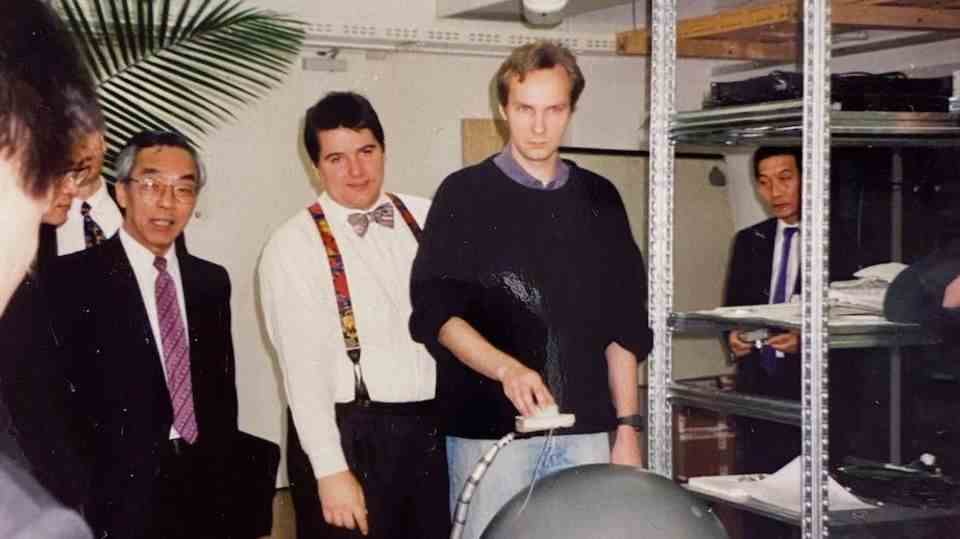Windows1.0
Big surprise in the very first Windows: almost 40-year-old secret revealed
Almost 40 years after the initial release, a Windows expert found this list of Windows 1.0 developers.
© Microsoft / Twitter.com/mswin_bat
The very first version of Microsoft Windows appeared in 1985. Almost 40 years later, a fan of old operating systems took a closer look – and discovered a previously unknown menu.
Windows 1.0 was first announced by Bill Gates in 1983. For two years, 24 developers worked on a graphical interface to make using computers easier. It was not until November 20, 1985 that the original version of what is still the world’s most widely used operating system appeared – Windows. And it seems that the origin of today’s operating systems still fascinates some people almost 40 years later. There is no other explanation for the fact that the self-confessed Windows fan Lucas Brooks has only now discovered a secret menu that has remained undiscovered for almost 40 years.
The secret that has now been revealed is a so-called “Easter Egg”. This is how you describe hidden features in media and software, for example secret levels, messages or strange finds. In the case of Windows 1.0, the “Easter Egg” is a hidden menu listing the developers of the system.
A familiar face appears
The list is a small who’s who of computer history. In 2001, the documentary “Life after Microsoft“. Perhaps the most prominent name on the list today: Gabe Newell, founder and boss of the software company Valve (“Steam”, “Half-Life”, “Portal”). Newell worked for Microsoft from 1983 to 1996 before he left the company left and became a billionaire with Valve.
The discoverer of the secret menu gives a rundown of what it took to find it below the Twitter post showing the menu. According to his description, the menu data was hidden at the end of an image file that, in his opinion, could not have been read with the tools on board at the time.
In the course of his research, it turned out that the menu could also have been called up with a certain input sequence of different keys, explains Brooks. But nobody seems to have figured that out.

Imitation possible
Spurred on by his find, Lucas Brooks spent the past few days searching for more “Easter Eggs” in early Windows versions. He presented his finds as compact list with appropriate instructions, should anyone want to discover the small finds themselves – and happen to still have a very old computer. If not, the old Windows systems are also available in countless emulators on the web.


